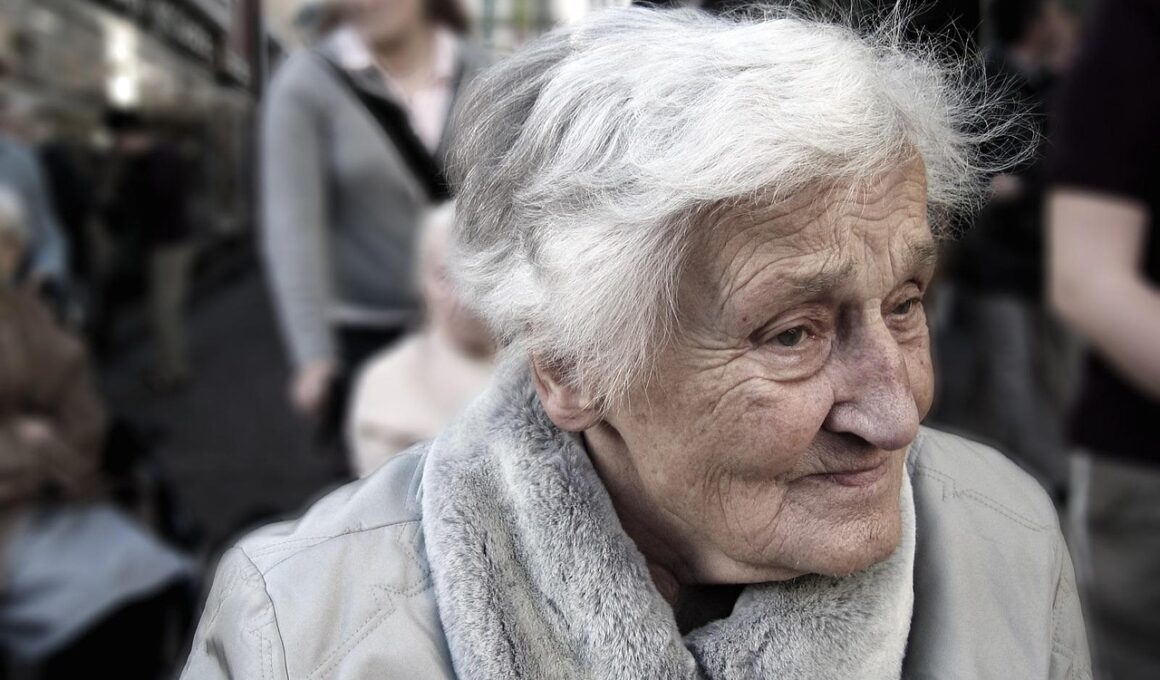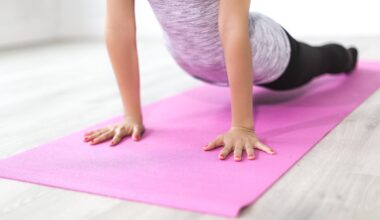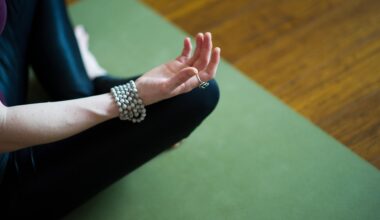Dance Fitness for Seniors: Enhancing Mental Agility and Emotional Wellness
Dance fitness is more than just moving to the rhythm; it is a comprehensive approach that harnesses the power of music and dance to promote both physical health and mental well-being. For seniors, engaging in dance fitness offers numerous benefits, particularly in enhancing mental agility. Cognitive functions, including memory and focus, are often challenged as we age. By participating in dance fitness, seniors stimulate the brain through coordination and memory tasks, effectively sharpening their mental faculties. Moreover, dance requires concentration, which engages different cognitive pathways. As participants learn new steps or routines, they naturally enhance their adaptability and neuroplasticity. These benefits extend beyond mere enjoyment; they contribute to a more vibrant mental state and an improved quality of life. Furthermore, according to studies, regular physical activity is linked to a lower risk of cognitive decline. Therefore, incorporating dance fitness into a senior’s routine can be invaluable in supporting their mental faculties while ensuring they enjoy a fulfilling, active lifestyle as they age gracefully.
In addition to boosting mental health, dance fitness provides substantial emotional benefits for seniors seeking connection and social interaction. Loneliness and isolation can significantly impact mental well-being, particularly among older adults. Participating in group dance classes fosters a sense of community and belonging, allowing seniors to meet and interact with others who share similar interests. The social component of dance fitness not only combats feelings of loneliness but also enhances emotional resilience. Music and movement work synergistically to elevate the mood; when individuals dance, their bodies release endorphins, the body’s natural mood lifters. These positive feelings encourage seniors to engage more fully in life and stay motivated. Additionally, expressing oneself through dance can channel emotions, providing an excellent outlet for stress and anxiety. When seniors express themselves through dance, they can experience catharsis, allowing for healing and self-discovery. Hence, the social and emotional aspects of dance fitness create a supportive environment, ultimately contributing to a happier and healthier aging experience for seniors.
The Importance of Variety in Dance Fitness
Diversity in dance fitness routines is crucial for keeping seniors engaged and motivated. Different styles of dance—such as salsa, ballroom, and line dancing—offer various challenges and experiences. Every style requires unique movements and rhythms, allowing seniors to explore their preferences and capabilities. This variety not only keeps classes enjoyable and lively but also ensures that different muscle groups are engaged during workouts, promoting overall physical health. Moreover, varying routines can prevent both physical and mental stagnation, encouraging seniors to push their limits and try new things. Research indicates that new experiences can dramatically enhance cognitive functions; thus, exposing seniors to various dance styles can keep their minds agile. Additionally, instructors can integrate different dance styles by adding creative choreography, thus making sessions more stimulating. This versatility encourages seniors to remain active participants rather than passive observers. Furthermore, by challenging themselves with varying forms, they enhance their confidence and self-esteem, crucial elements for positive mental health and well-being as they age.
Safety is a primary concern when considering any physical activity for seniors. Dance fitness programs designed with older adults in mind prioritize modifications and safety guidelines to minimize injury risk. Experienced instructors should guide movements, ensuring everyone performs activities at a comfortable intensity that aligns with their physical capabilities. Incorporating low-impact options, seniors can participate safely without the fear of strain or injury. Stretching and warming up before sessions further enhance safety and prepare the body for movement. Another crucial safety aspect is ensuring proper footwear and space during workouts, preventing slips and falls. Dance classes should also emphasize the importance of listening to one’s body; participants must communicate any discomfort or limitations. Furthermore, establishing a supportive environment enables seniors to feel comfortable asking for help or modifications when needed. By addressing safety and modifications, dance fitness becomes an accessible and inclusive activity for seniors, allowing them to experience numerous psychological and emotional benefits while enhancing their physical wellness.
The Role of Music in Enhancing Dance Fitness
Music serves as a powerful catalyst in dance fitness, directly influencing the experience and effectiveness of each session. The rhythm and melody not only encourage movement but also enhance motivation and emotional connection. Research suggests that listening to music while participating in physical activity can elevate mood, increase endurance, and improve focus. For seniors, familiar tunes can evoke nostalgia, igniting treasured memories and emotions. Incorporating beloved music into dance routines fosters a deeper engagement, encouraging participants to move more freely and joyfully. Furthermore, the type of music can impact workout intensity; upbeat songs can energize participants, while calming melodies can promote relaxation during cool-down phases. Music also helps maintain a steady rhythm, which is vital for coordination and movement in dance. Instructors should carefully curate playlists that resonate with seniors’ preferences, facilitating a joyful and fulfilling dance experience. Ultimately, music forms the heart of dance fitness, enriching participants’ experiences and enhancing mental and emotional well-being through the power of sound.
Integrating dance fitness into daily routines can be seamless and rewarding. Seniors can engage in dance sessions at local community centers, gyms, or even online classes tailored to their needs. These options allow for flexibility, enabling seniors to choose when and where they prefer to dance, thus promoting consistent participation. Moreover, classes can be structured to accommodate different skill levels, ensuring that each participant finds a supportive environment. Seniors can also incorporate casual dance sessions at home, whether it’s dancing to a favorite song while preparing lunch or joining friends for a dance party. This informal approach can instill a sense of joy and spontaneity, further enriching their lives. Additionally, family members can be encouraged to join in; shared activities strengthen familial bonds while fostering intergenerational connections. As seniors find joy in dance, their overall outlook on life improves, positively affecting their mental and emotional health. Thus, it becomes vital for seniors to explore various avenues for integrating dance into their lives, discovering the immense benefits it brings.
Conclusion: A Holistic Approach to Wellness
In summary, dance fitness emerges as a holistic approach to enhancing both mental agility and emotional wellness for seniors. By engaging regularly in dance, seniors experience numerous cognitive benefits, including improved memory, focus, and adaptability. The social interactions fostered through group classes contribute to emotional resilience and a sense of belonging, combating feelings of loneliness. Variety and creativity in dance routines captivate participants while ensuring that safety remains paramount, allowing seniors to enjoy the physical and mental rewards of dancing. Music acts as an essential element, elevating mood and enhancing experiences by connecting individuals emotionally. Moreover, easily integrating dance fitness into daily routines makes it accessible and enjoyable. Encouraging casual participation strengthens family bonds and creates a supportive community around seniors. Therefore, it is evident that dance fitness plays a significant role in promoting overall well-being in the later years, encouraging seniors to embrace life, enhance their mental health, and enjoy their golden years to the fullest. As we continue to recognize these benefits, let us inspire seniors to discover the joy of dance as a path to vibrant health.


